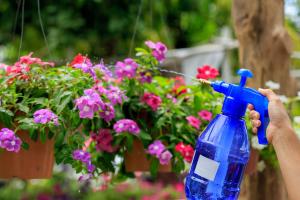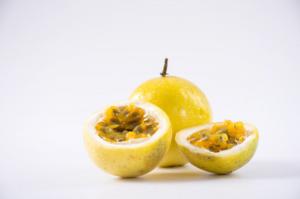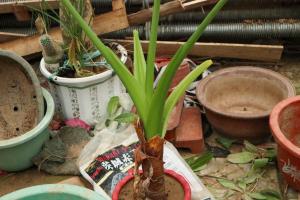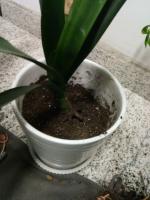How to Plant Air Plants
Air plants, also known as Tillandsias, are a popular choice for indoor plant enthusiasts due to their unique appearance and low maintenance needs. Unlike traditional potted plants, air plants do not require soil to grow and are capable of absorbing nutrients and moisture from the air. If you're interested in growing air plants, here's a guide on how to plant and care for them.
Choosing the Right Container
Since air plants do not require soil to grow, choosing the right container is crucial to their success. You can choose from a wide range of containers, such as glass terrariums, ceramic pots, or even hanging planters. The container you choose should have good drainage to prevent water from sitting in the bottom and causing the plant to rot. You can also use a decorative substrate such as sand, pebbles, or moss in the container, which can help absorb excess water.
Preparing Your Air Plant
Before planting your air plant, you need to prepare it for its new environment. You can start by soaking the plant in water for 30 minutes to an hour, which helps to rehydrate it and make it easier to handle. After soaking, gently shake off any excess water and allow the plant to air dry for a few hours. If you're using substrate in your container, you can also add a small amount of fertilizer to the soil to provide nutrients to the plant.
Planting Your Air Plant
Once your air plant is dry, it's time to plant it in its new container. Depending on the type of container you're using, you may need to add some substrate or anchoring material to help hold the plant in place. You can use fishing line or floral wire to wrap around the plant and tie it to a piece of driftwood, a rock, or another decorative element in the container. Alternatively, you can simply place the plant in the container and use decorative substrate to help prop it up.
Caring for Your Air Plant
Air plants are relatively low-maintenance, but there are a few things you can do to help them thrive. First, make sure the plant is getting enough light. Air plants prefer bright, indirect sunlight, and should be placed near a window or under a grow light. You can also mist the plant with water once or twice a week to keep it hydrated, or soak it in water for 30 minutes every two weeks. Finally, keep the plant away from cold drafts or extreme temperatures, as they can be sensitive to temperature changes.
Conclusion
Growing air plants is a unique and rewarding experience that can add a touch of natural beauty to any indoor space. By choosing the right container, preparing your plant, and providing it with the proper care, you can enjoy a thriving air plant that will add a unique touch to your home or office. With a little bit of effort and attention, your air plant can flourish and provide you with years of enjoyment.

 how many times do yo...
how many times do yo... how many planted tre...
how many planted tre... how many pine trees ...
how many pine trees ... how many pecan trees...
how many pecan trees... how many plants comp...
how many plants comp... how many plants can ...
how many plants can ... how many plants and ...
how many plants and ... how many pepper plan...
how many pepper plan...































